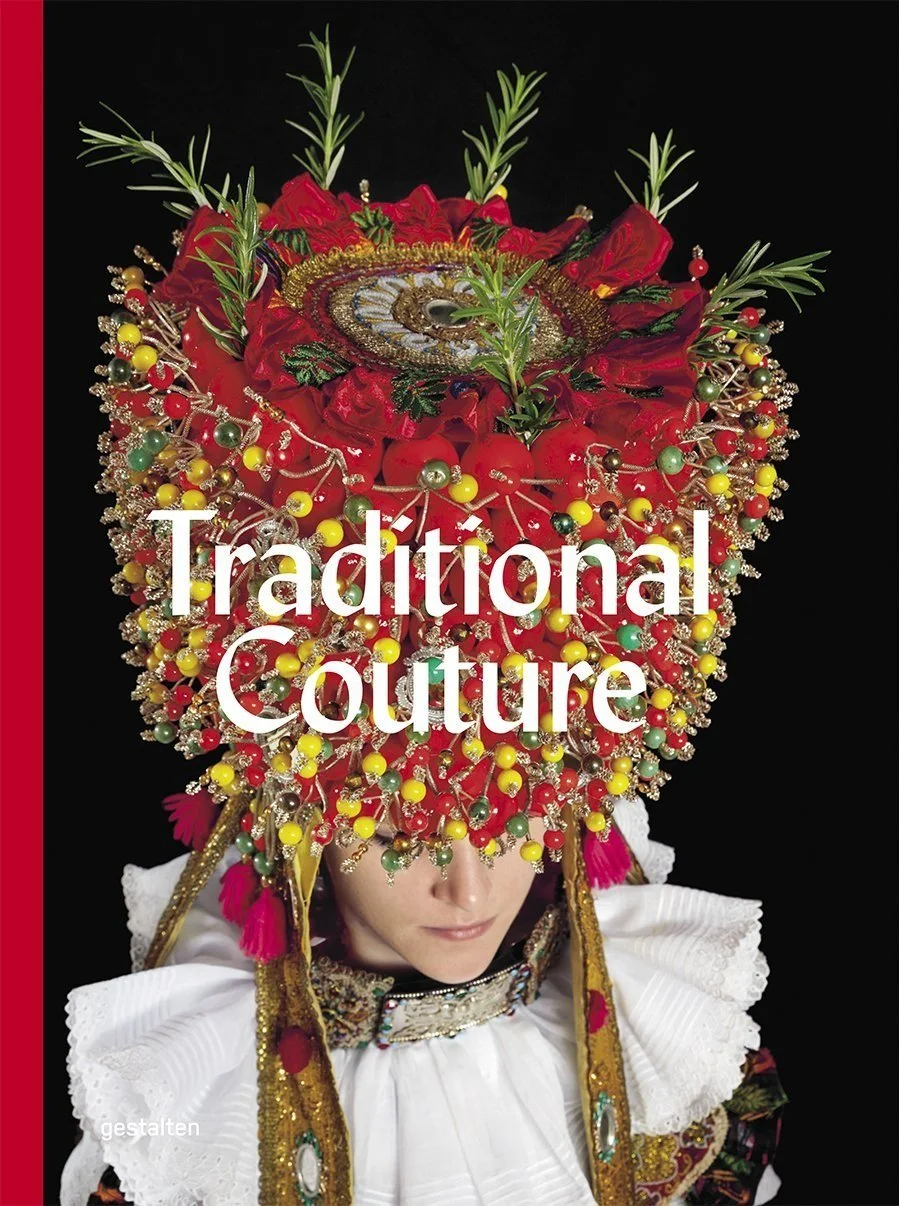
This book examines the relationship between modernism and fascism, and shows how fascism is itself a modernist concept. It’s a fantastic read - definitely a little dense, but worth it. He shows how much more complicated fascism is than most people make it out to be, filled with internal contradictions - much in the same way modernism is - that was extremely future oriented. This book complicates the assumptions of how the Nazis viewed “degenerate art,” and is written by a leading expert on the evils of fascism.

This book is a collection of fashion/editorial style photography of “tracht” (traditional clothing) all around Germany. It showcases the beauty, richness, and diversity of Germany’s ethnic attire. Nazi propaganda sought to create a “pan-German identity” that erased other German culture and prized a simplified version of the Dirndl and Lederhosen. This book’s photographs bring the erased parts of German culture into the spotlight.

“Orientalism” is a classic of post-colonial theory, where Palestinian-American scholar Edward Said describes the system of thought and culture in Western European and American academia that compared “the Orient” to “the West.” This constructed comparison was created out of reductive ideas about people outside of western Europe, and in many ways directly lead to colonialism. Even if you don’t have the time to read this book, everyone should read at least a summary. What he describes is not only a system of thought that led to some of the world’s biggest conflicts and imbalances of power, but is a general case study of how academia can be self-referential and self-reinforcing in its biases.

This book explores aesthetic trends in Central Europe and how they related to politics and nationalism. It discusses Hungarian ornament at length. It’s a big, hefty, coffee-table size book, but incredibly fun to read and an accessible text on a little talked about but incredibly important topic. Hungary is an especially interesting case study for aesthetics and politics, as a country that struggled to define itself while under the power of the Austro Hungarian empire, as well as a country situated right in between “east” and west.”

I graduated from a Quaker college, which had an obsession on reaching “consensus” and agreement on everything. “Dissensus” maintains that reaching an agreement between everyone is not the most productive way to engage in politics. He’s often referenced by graffiti theorists, and this book contains fascinating thoughts on art and its role in politics.

This book may be a little outdated, but it contains many beautiful pictures of ethnic dress from every corner of the world. My mother gave it to me when I was a kid, and I’ve spent many happy hours staring at the beautiful pages!

A fantastic book where “activist and architect Stavros Stavrides calls for us to conceive of space-as-commons.” This book is in the tradition of questioning who has the right to make decisions about city streets and city architecture. It leads wonderful discussions about the possibilities within cities when people can design their own spaces for their communities.

A beautiful book by the Barbara Belle Sloan and the legendary linguist and textile scholar Elizabeth Wayland Barber. You’ll learn not only about the beautiful textiles and patterns from South Eastern Europe, but an incredible amount of the history of clothing itself!

Chromophobia reveals that in much of Western European thought and literature there has been a fear of color. Authors treat color as “other,” “feminine,” “childlike,” “uncivilized,” and “illogical.” We can still see this today in elite, minimalist, and colorless decor. This is alongside “chromophilia,” a repressed, dreamy love of color - which can be related to appropriation and orientalism. Although I wish this book was longer and dove into these issues at greater length, it is still a fantastic read and intro into an important topic.






















